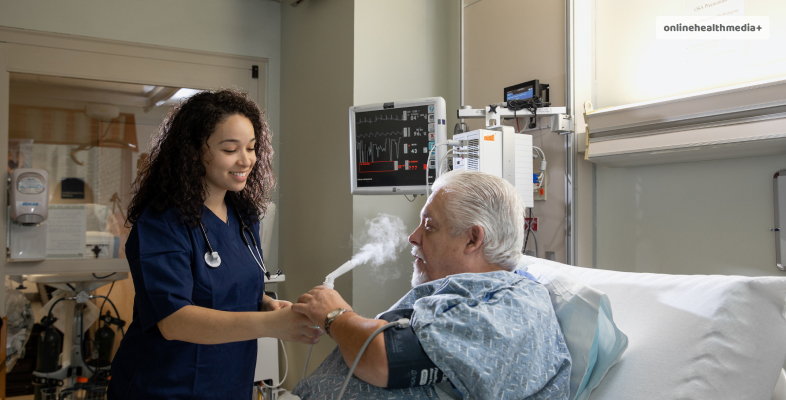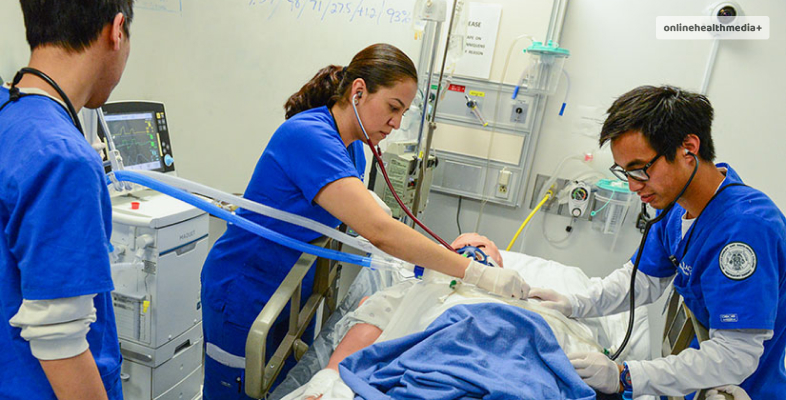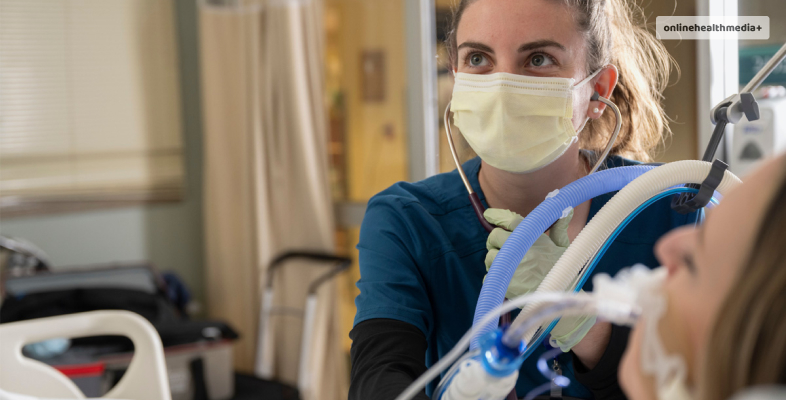Respiratory Therapist: Who, What, And Everything You Need To Know!
Respiratory therapist is not a new profession that’s just come up as an aftermath to the pandemic. The profession has always been in existence- it may just be that you’ve come to hear of it only recently.
It may be due to the rising respiratory issues that are affecting people more due to pollution. The following sections will look at the responsibilities and job role of a respiratory therapist and the job prospects if you are interested in this profession.
Educational and Training Requirements

The road to becoming a respiratory therapist involves getting a two-year bachelor’s or associate degree in respiratory therapy.
Some, if not most employers, prefer that the professional has a bachelor’s degree.
Additionally, programs can also have entrance requirements such as volunteering that has proper documentation, or a work experience at a place that requires respiratory care.
Bonus tip:
Look up the organizations that require a respiratory therapist before you enroll for your course. This will let you gain the additional exposure that will give you a head start to the career.
In addition, if you have schools around your university or college that require a respiratory therapist then this will be helpful as well.
For example, places such as a hospital or vent center in high school usually require volunteers or candidates to work there.
The certification process is a mandatory step that is necessary for you to be recognized as a professional who is well aware of the profession.
This includes completing a respiratory therapist degree and taking the certification exam. This will bring you closer to becoming a certified or registered respiratory therapist.
All the states in the US- except Alaska- require the respiratory therapist to hold a state license also, which the American Association of Respiratory Care (AARThis can be clubbed with additional certifications such as basic or advanced life support and pediatrics. This may also include certification for cardiac life support which adds more weightage to your curriculum vitae.
Key Responsibilities of a Respiratory Therapist
If the name did not suggest clearly, the role of a respiratory therapist is to ensure that they can provide respiratory support.
Patients with critical respiratory conditions such that they cause breathing issues, require this kind of support.
The range of patients who may require this support can include premature infants or elderly people with complications such as lung disease. The basic responsibilities include:
- Administering oxygen
- Administering drugs to the lungs
- Managing ventilators
- Assisting with lung disorders- including its diagnosis
- Evaluation of patients and performing tests
- Determining the appropriate treatment and therapy options after discussion with the physician
- Managing devices and equipment that can help people breathe normally without any dependency.
Work Settings

The respiratory therapist can contribute in various areas such as in the pediatric or neonatal ward, geriatric, pulmonary rehab, or critical care.
The professional can also have a role in home care, critical care and pulmonary diagnostics. Usually, respiratory therapists have a role to play in the multidisciplinary setting.
A respiratory therapist must work 35-40 hours a week, with maximum employment at the hospital. In addition, the professional should be able to work in night shifts, as well as during the holidays.
This is subject to change depending on the place where they work- specifically if they work in nursing homes or hospitals.
The shift hours may also exceed. The main stress factors that they may face are physical as the profession requires them to stand on their feet for most of their shift.
Collaboration with Healthcare Teams

This implies that the professional has to co-work with different professionals who hail from different disciplines such as cancer/oncology, nursing, and registered nurses.
Specializations in Respiratory Therapy
There are four main specializations in respiratory therapy. These include:
- Adult Respiration Therapy
This is the specialization that requires the professional to be present in a hospital, home setting or outpatient. The therapist assists with maintaining chronic diseases such as cystic fibrosis and emphysema. These professionals help people in programs to quit smoking.
- Emergency Respiratory Therapy
They are usually present in hospitals. Their role is to assist with emergency room cases, especially in heart surgery patients. Some respiratory therapists assist in complicated surgeries where the patient may slip into a complication.
- Geriatric Respiratory Therapy
This sector of healthcare requires the assistance of RTs due to the physiological effect of aging. The breathing difficulties increase for elderly people due to the lungs becoming weaker. a professional as RT can ensure that people facing this difficulty are receiving the appropriate support.
Moreover, as the immune system grows weak with age, they are more prone to infections and diseases.
To prevent these, the help of a respiratory therapist is necessary. A geriatric RTs assistance may be needed at an outpatient facility, home or at the hospital.
- Pediatric Respiratory Therapy
These RTs are present in the pediatric ward and provide support to children, newborns who may have respiratory complications.
They are mostly found in hospitals, specifically in the inpatient units. These also include children in neonatal care unit. the RTs in these units are mainly engaged in helping children or adolescents with asthma.
Another example of this specialized role is their presence in the team that assists emergency transport of children or newborns to different facilities.
Technological Advancements

This field is a high consumer of technological advancements. The : secretion management, mechanical ventilation and aerosol therapy. These three makeup the technologies that are necessary to assist patients and it also requires innovation.
Challenges and Rewards

The salary for this position acts as a reward. A licensed professional can draw a salary of up to $62k annually.
However, the drawback in this field is the uncertainty of the work hours. In addition, standing for a long duration can lead to physical pain which may hinder work.
The following add to the ‘rewards’:
- Being in high demand
- Working in various settings, so it is never boring
- Endless learning opportunities
- Flexible schedule
- There are different specializations, so there is scope for upgrading your skills.
Job Outlook and Growth

As per the Bureau of Labor Statistics, the employment of respiratory therapists is set to increase by at least 13 per cent till 2032.
there is a lot of scope for growth as a student with a Bachelors in Respiratory Therapy can upskill to attain specialization in a field.
Conclusion
In conclusion, evidently the field of respiratory therapy is growing and offers a lot of opportunity for growth.
An expert can earn up to $60k which can increase depending on the experience, and specialization. moreover, with additional training, the expert can advance to staff therapist or administrative positions as well.
Also read
- TRT And Libido: What Every Man Needs To Know.
- Five Reasons You Should Give Up Alcohol For 2024
- Transforming Healthcare Education: The Role Of Effective Practice Tests.



